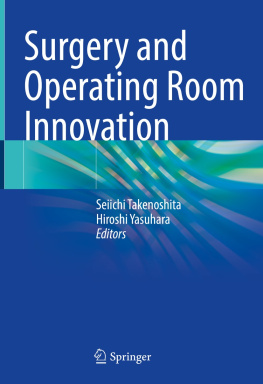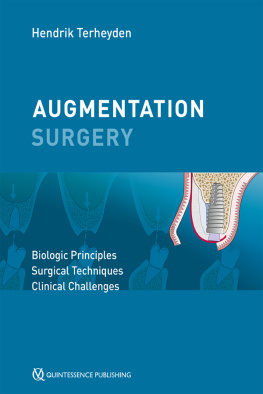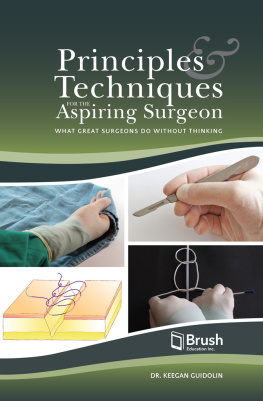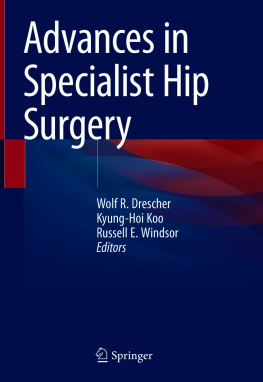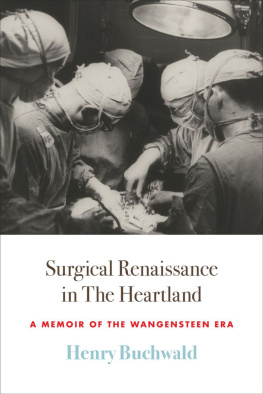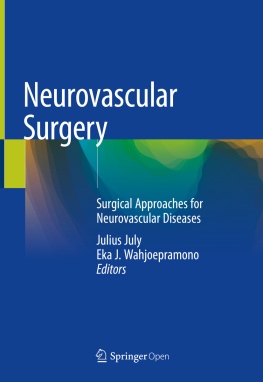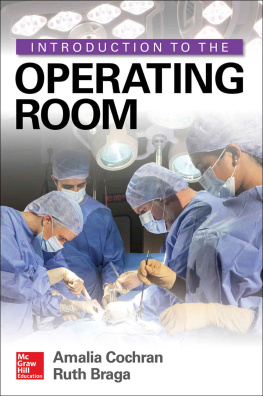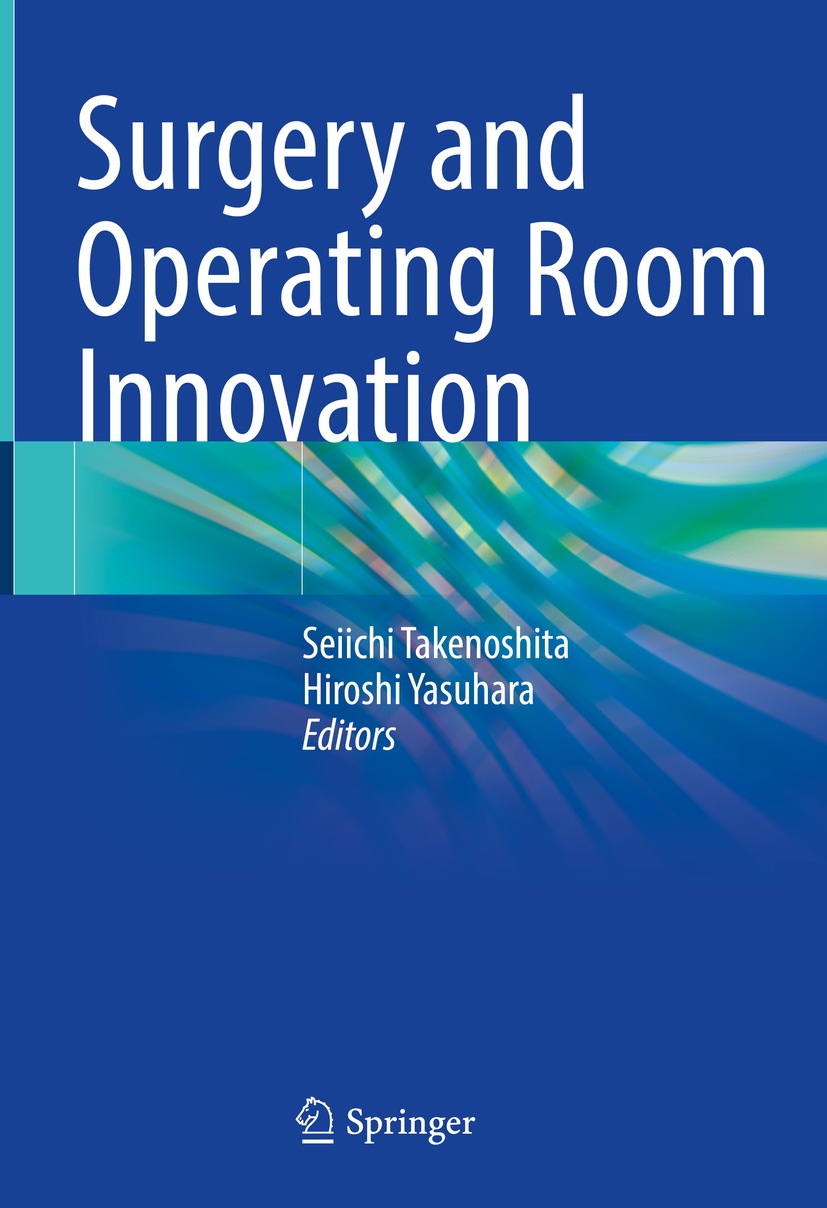Editors
Seiichi Takenoshita
Fukushima Medical University, Fukushima, Fukushima, Japan
Hiroshi Yasuhara
Tokyo Teishin hospital, Chiyoda-ku, Tokyo, Japan
ISBN 978-981-15-8978-2 e-ISBN 978-981-15-8979-9
https://doi.org/10.1007/978-981-15-8979-9
Springer Nature Singapore Pte Ltd. 2021 corrected publication 2022
This work is subject to copyright. All rights are reserved by the Publisher, whether the whole or part of the material is concerned, specifically the rights of translation, reprinting, reuse of illustrations, recitation, broadcasting, reproduction on microfilms or in any other physical way, and transmission or information storage and retrieval, electronic adaptation, computer software, or by similar or dissimilar methodology now known or hereafter developed.
The use of general descriptive names, registered names, trademarks, service marks, etc. in this publication does not imply, even in the absence of a specific statement, that such names are exempt from the relevant protective laws and regulations and therefore free for general use.
The publisher, the authors and the editors are safe to assume that the advice and information in this book are believed to be true and accurate at the date of publication. Neither the publisher nor the authors or the editors give a warranty, expressed or implied, with respect to the material contained herein or for any errors or omissions that may have been made. The publisher remains neutral with regard to jurisdictional claims in published maps and institutional affiliations.
This Springer imprint is published by the registered company Springer Nature Singapore Pte Ltd.
The registered company address is: 152 Beach Road, #21-01/04 Gateway East, Singapore 189721, Singapore
Preface
The development of surgery has been associated with the invention of operative procedures, which often occurs through the emergence of novel medical technology or new discoveries in the field of medicine.
Until recently, the quality of surgery has mainly depended on the surgeons skills, built on his own talent and experience. Because of this, the refinement of surgical procedures has been more important than their reform. Surgery has not changed rapidly or dramatically thus far. These days, however, surgical techniques have become increasingly dependent on sophisticated medical instruments equipped with advanced specifications. As a result, sudden progress or emergence of operative procedures often takes place because the improvement of medical instruments has been accelerated by the advancement of technology.
Robotic surgery is only one example among many. In fact, prior to the emergence of robotic surgery, surgical procedures using specific endoscopes and various types of forceps had been introduced in thoracic and abdominal surgery and their use had rapidly prevailed. Consequently, laparoscopic and thoracoscopic surgery replaced conventional laparotomy and thoracotomy over a short period. However, that was only the beginning of innovations in surgery brought about by the invention of medical instruments. After a while, once novel surgical procedures using surgical robots emerged for patients with prostatic or gynecological disease, these surgical procedures have in turn spread like lightning all over the world. Finally, robotic surgery has replaced laparoscopic surgery, which had been performed until then. Because the emerging procedures have also improved outcomes, surgery assisted by surgical robots has become the de facto standard for prostate cancer. Thus, surgical innovation, i.e., the emergence of new medical instruments, has caused a paradigm shift in surgery.
Innovation in surgery is not limited to the surgical skills performed using novel medical instruments, but also extends to the environment surrounding the operation in the operating room (OR). Inventive ideas for surgical treatment can change the shape and structure of the OR. For instance, a much cleaner OR environment is needed than before in association with advancement of biomedical technology, such as tissue engineering and regenerative medicine. Because tissue and cell handling is generally carried out in a clean cell processing facility called a Cell Processing Center (CPC), the OR should be sited in the vicinity of the CPC for tissue and organ repair or its implantation. In this facility, a wide variety of biomaterials are created including bladders, small arteries, skin, and grafts of cartilage and trachea for regenerative medicine performed in the OR.
Another example of OR innovation is that currently, thanks to navigation technology, the diagnostic imaging data acquired preoperatively enables surgeons to safely perform neurosurgery and orthopedic surgery. In the OR connected with a cloud database using information and communication technology (ICT), they can use those imaging data more easily with improved accessibility in the OR. More recently, as diagnostic imaging machines such as CT or MRI tend to be sited in the OR, surgeons can obtain information on diagnostic images immediately after their acquisition and use those data for the patient right in front of them. In the near future, they will be able to utilize visual images for the operation even more dynamically, using virtual reality technology. OR innovations can make it possible for surgeons to perform more precise and safer surgery than ever before.
The chapters in this book are just a part of the whole story. Nevertheless, the examples presented here illustrate how innovations in surgery and the OR are ongoing and will continue to change surgical procedures and the OR environment. Those changes will inevitably influence both present and future surgery, although it is not easy to predict tomorrows surgery accurately. The emerging procedures, such as surgery using virtual reality technology, new surgical instruments and materials, or regenerative medicine, might no longer be considered surgery, but no matter what the novel treatment is called, doctors can take part in innovations in surgery themselves if they would like to.
We hope that this book will improve understanding of surgical procedures and OR innovation in the emerging field of surgery.
Hiroshi Yasuhara
Seiichi Takenoshita
Chiyoda-ku, Tokyo, Japan Fukushima, Fukushima, Japan

